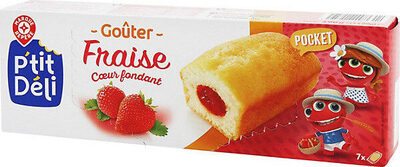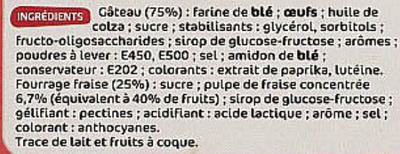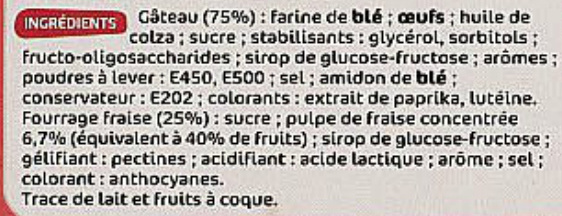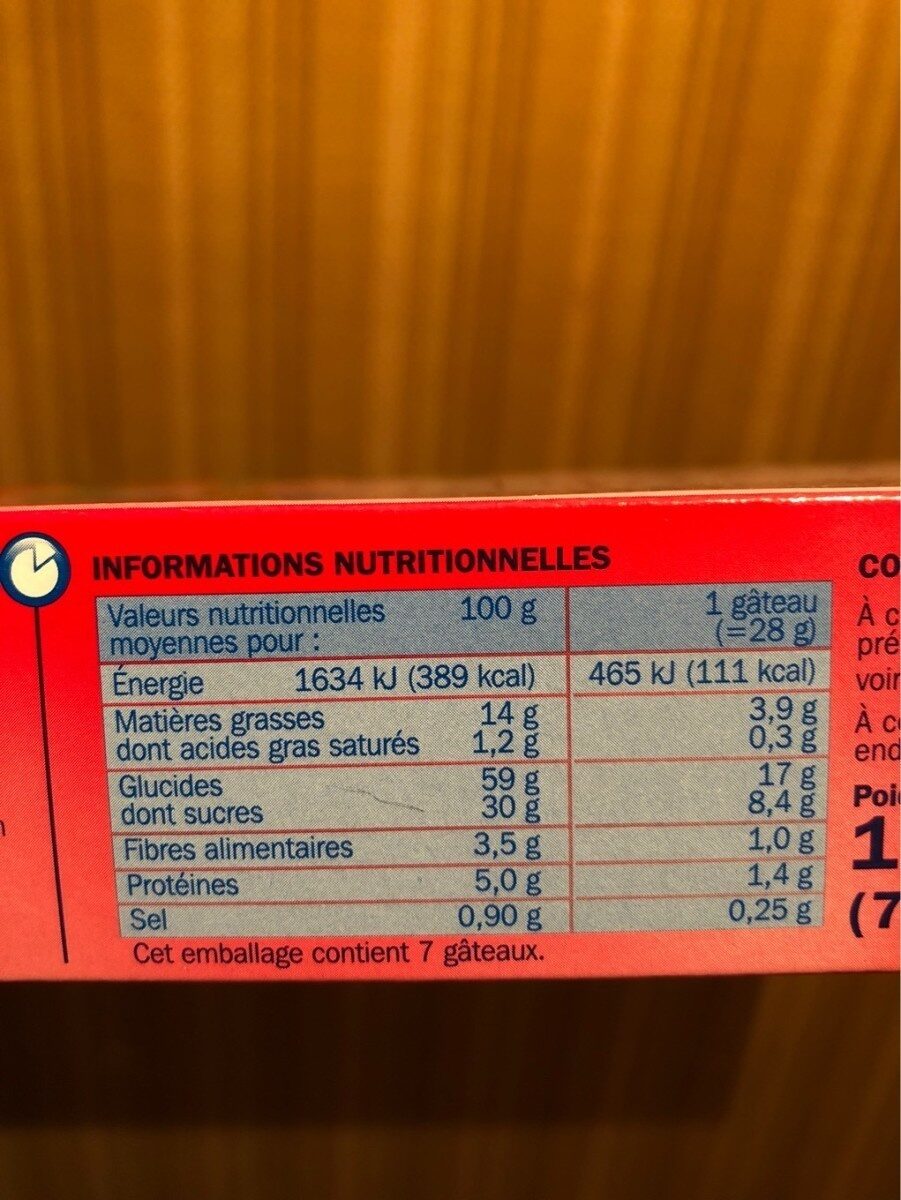Gâteaux fourrage fraise x 7 - P'tit Déli - 196 g
This product page is not complete. You can help to complete it by editing it and adding more data from the photos we have, or by taking more photos using the app for Android or iPhone/iPad. Thank you!
×
Some of the data for this product has been provided directly by the manufacturer Scamark.
Barcode: 3564700424483 (EAN / EAN-13)
Quantity: 196 g
Packaging: Plastic, Bag, Box, Cardboard
Brands: P'tit Déli, Marque Repère
Categories: Snacks, Desserts, Sweet snacks, Biscuits and cakes, Cakes
Stores: Leclerc
Countries where sold: France
Matching with your preferences
Environment
Packaging
Transportation
Report a problem
Data sources
Product added on by tacite
Last edit of product page on by packbot.
Product page also edited by kiliweb, openfoodfacts-contributors, org-scamark, scamark, segundo, yuka.ZTV0YkNZc1ovdWMxbTg4NThFS081KzE1M0llSkFWanZEODQ2SUE9PQ, yuka.ZWJrNEdZSlpnUEFRd2NJUit6ZUw5Y3BwenM2dlZEbTJGL2MrSUE9PQ, yuka.sY2b0xO6T85zoF3NwEKvlnNmDPiCjR2cNjDhyHXX2N2vCJzrPvtOwaXAP6s.











